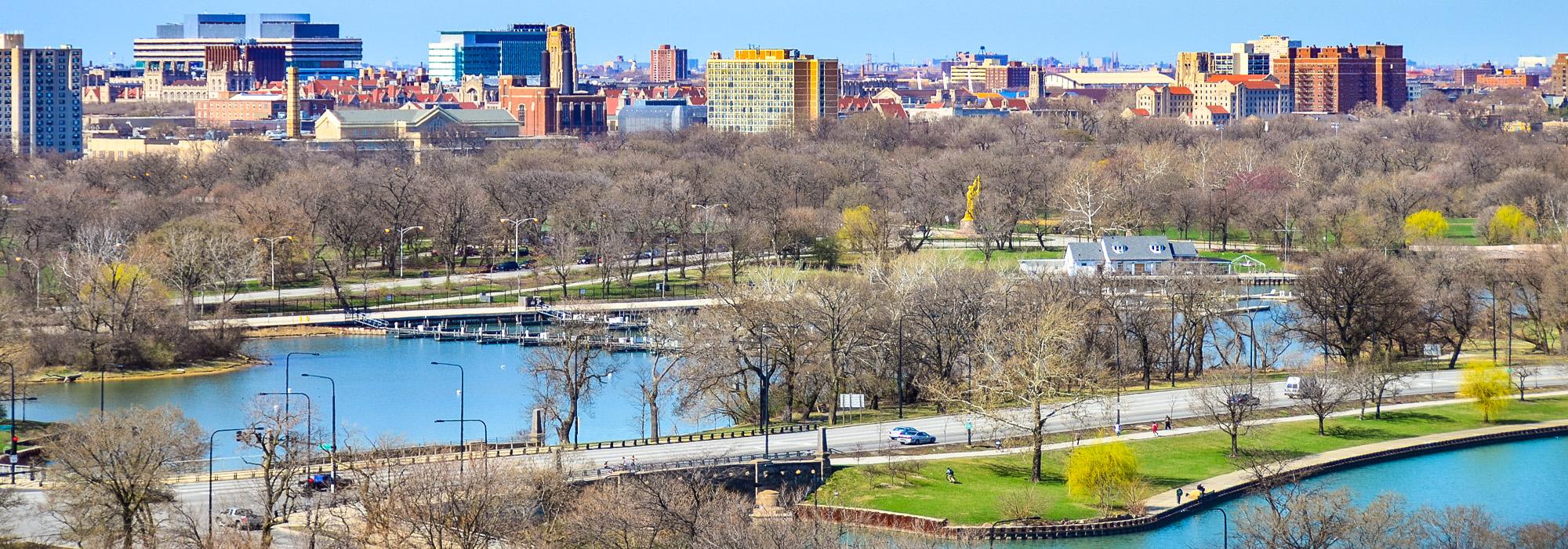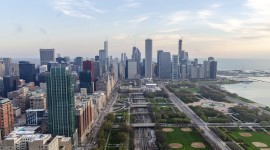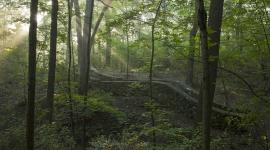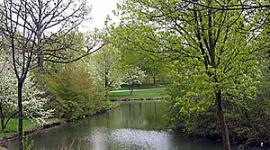Feds, Obama Foundation Respond to Effects Report
On July 29, 2019, the City of Chicago released a draft Assessment of Effects (AOE) regarding plans to build the Obama Presidential Center in Chicago’s Jackson Park. Produced by the City of Chicago, the AOE is required under the National Historic Preservation Act (NHPA). As has been widely reported, the document outlines a raft of significant adverse effects that the proposed Obama Presidential Center would have on the park and on the Midway Plaisance, both listed in the National Register of Historic Places.
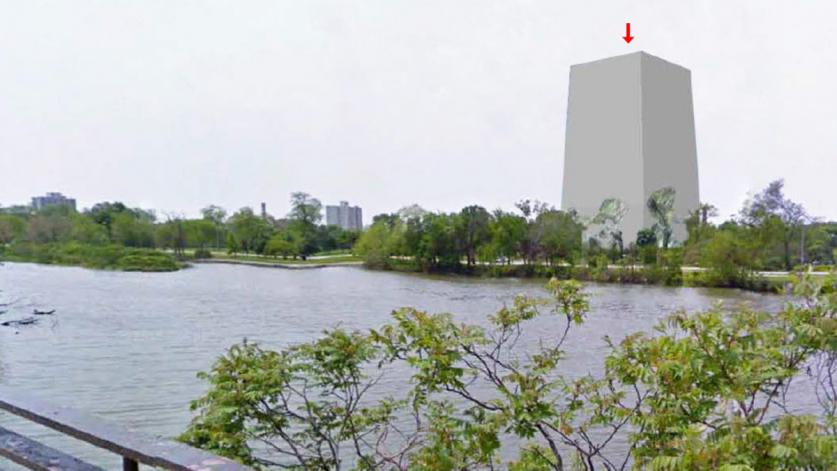
As part of the federal review process, the various consulting parties (federal and state agencies, public and private organizations, etc.), including TCLF, were asked to submit comments on the draft AOE by August 30. After agreement is reached on its contents, the AOE will be finalized before the NHPA review moves into the next phase, when measures to resolve any adverse effects are adopted. Separate reviews under the Department of Transportation Act and the National Environmental Policy Act have yet to begin in earnest.
On August 22, 2019, the Advisory Council on Historic Preservation (ACHP), the federal agency charged with overseeing the review process under the NHPA, also filed comments on the draft AOE. The agency asked for a more thorough assessment of the OPC’s potential impacts because it was “concerned that not enough detail is provided to properly characterize the nature and intensity of the adverse effects to the cultural landscapes of Jackson Park and Midway Plaisance.”
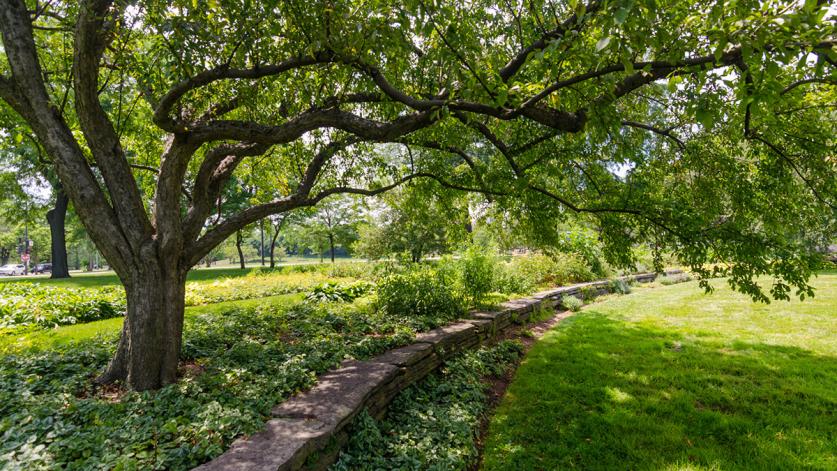
Specifically, the ACHP requested that the AOE be amended to include the following:
- An increased level of detail to “enable informed consideration of avoidance, minimization, or mitigation measures.”
- A delineation of how, exactly, the proposed plans for Jackson Park would alter or diminish the integrity of the character-defining landscape features of Jackson Park and the Midway Plaisance.
- A determination of whether the affected historic properties would be delisted from the National Register of Historic Places as a result of the proposed plans.
- An expansion of the Traffic Impact Study to include the roads in historic neighborhoods surrounding Jackson Park, so as to better understand how those historic properties would be impacted.
- An above-ground-level visual analysis for historic properties in proximity to Jackson Park, to determine the visual impact of the OPC tower on them.
- A determination of whether the proposed plans would indirectly or cumulatively affect Washington Park, which is also part of the ensemble of the original Olmsted design.
- The disclosure of how the Midway Plaisance was selected as the site of replacement acreage for the UPARR conversion, and whether any measures were considered, as part of the selection process, that would have avoided adverse effects to the historic property.
These points largely echo concerns long expressed by other consulting parties at public meetings and in writing, and they indicate that siting the OPC in Jackson Park is not the fait accompli that many have assumed it to be.

After first saying that it was “pleased with the report” and that it “anticipated the finding of adverse effect” in the AOE, the Obama Foundation has now reversed course. According to an article in the Hyde Park Herald, Robbin Cohen, the foundation’s executive director, penned a letter to the Chicago Department of Planning and Development rebutting the draft AOE published by the city. But if the portions of the correspondence reproduced by the Hyde Park Herald are indicative of the letter's content, the Obama Foundation is not so much refuting the findings of the AOE as it is touting the cultural, educational, and recreational benefits of the presidential center—benefits that are, frankly, irrelevant to assessing adverse effects on historic properties and that, moreover, would accrue to the city’s residents in any other South Side location.
Some statements in the letter are misguided, while others stretch the imagination, such as the claim that the OPC tower reflects “the original design principle of emphasizing the stark contrast between the natural landscape … and the highly visible adjacent formal structures of the World’s Columbian Exhibition”—a claim that TCLF has refuted elsewhere.
And remarkably, the Obama Foundation continues to characterize itself as a defender of “Olmsted’s original vision.” But with the AOE now in hand, the jury is no longer out on that question, and the verdict is clear: were the OPC built as planned, it would significantly diminish the integrity of the Olmsted-designed landscape, in particular “the historic property’s integrity of design, materials, workmanship, and feeling” (i.e., four of the seven criteria of historic integrity).
One hopes that the concerns raised by the ACHP and other consulting parties yield a more thorough AOE, one that will allow all of the participants to more accurately assess how adverse effects could be both diminished and avoided. It is worth remembering that in formulating the ACHP's mission, “Congress established a comprehensive program to preserve the historical and cultural foundation of the nation as a living part of community life. Section 106 of the NHPA is a crucial part of that program that requires consideration of historic preservation.” Let’s work together to honor that intent.



